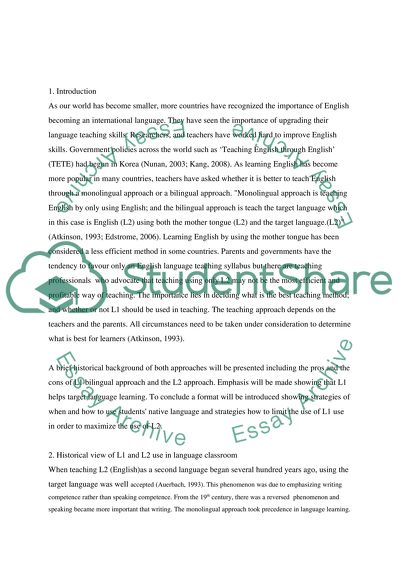Cite this document
(“Monolingual and bilingual approach in language classrooms Essay”, n.d.)
Retrieved from https://studentshare.org/education/1417357-monolingual-and-bilingual-approach-in-language-classrooms
Retrieved from https://studentshare.org/education/1417357-monolingual-and-bilingual-approach-in-language-classrooms
(Monolingual and Bilingual Approach in Language Classrooms Essay)
https://studentshare.org/education/1417357-monolingual-and-bilingual-approach-in-language-classrooms.
https://studentshare.org/education/1417357-monolingual-and-bilingual-approach-in-language-classrooms.
“Monolingual and Bilingual Approach in Language Classrooms Essay”, n.d. https://studentshare.org/education/1417357-monolingual-and-bilingual-approach-in-language-classrooms.


